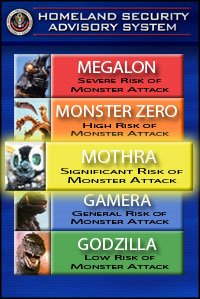In the sky! It's a bird, it's a plane!

Mito and I were heading out last night to Bender’s downtown to see Rob and hear some music when she said she saw something flash across the night sky. We had just got on the freeway off of Broadway which overlooks the downtown valley when she saw the flash. So I did some checking and it seems that the Leonid meteor shower is up and running and people across the world should be able to see small meteor’s as they enter the earth’s atmosphere for a small time. Check out what I pulled from Space.com
Sky watchers around the world will anxiously look up during much of mid-November to see what this year’s version of the Leonid meteor shower will bring. In recent years the Leonids have produced some truly spectacular displays whose accompanying hype is still fresh in the minds of many. Expert predictions suggest that at peak times this year, a meteor could streak across the sky every minute or two. That means no meteor storms -- defined as more than 1,000 shooting stars per hour -- as in past years. A better bet, the forecasters say, is a Leonid performance equaling or possibly rivaling two other annually recurring meteor showers, the August Perseids and December Geminids. This year's Leonids will offer an interesting twist, however. There will be not just one shower, but three. The first arrives Nov. 13 and the last is on Nov. 19. Sky watchers in nearly all locations on Earth will have a chance to see at least one of the showers. In the early morning hours on days between the showers, a handful of extra meteors will grace the sky every hour. Each shower will be visible from different locations. Only the side of the Earth facing the oncoming meteors -- as Earth scoops up space debris at the peak of a particular opportunity -- will get the best view. During a given burst, observers at other longitudes will see a very ordinary Leonid shower -- likely less than 10 shooting stars per hour -- by the time the rotating Earth turns them the right way. Meteor showers are typically best viewed between midnight and dawn, when the side of the planet you stand on is heading into the debris stream. It's the same effect that puts more bugs on your car's front bumper than on the rear.















0 Comments:
Post a Comment
<< Home